
Eustoma exaltatum (Texas bluebell)

Ipomoea cordatotriloba (purple bindweed)
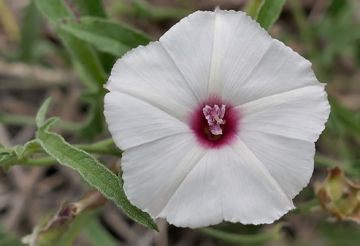
Convolvulus equitans (Texas bindweed)

Oenothera speciosa (pink evening primrose)
| The pollen grains of this species exude a sticky substance called viscin that tends to hold filmy strings of pollen together, making it easier for relatively smooth insects, such as beetles, to carry. |
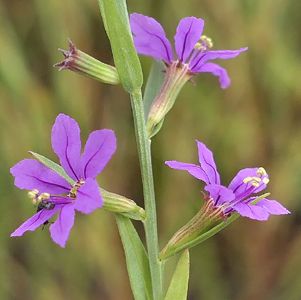
Lythrum alatum (winged loosestrife)
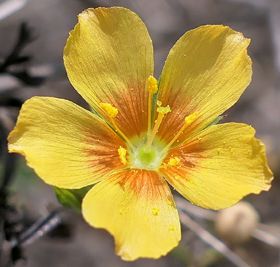
Linum berlandieri (Berlandier's yellow flax)
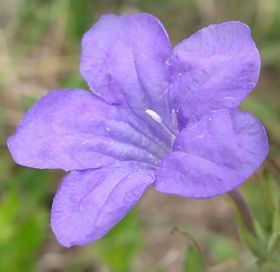
Ruellia nudiflora (violet ruellia)
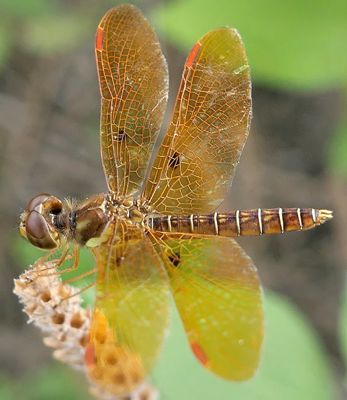
Perithemis tenera (eastern amberwing)

Ululodes macleayanus (owlfly)
| There is speculation, but no decisive evidence, about why the eyes of owlflies are split. Research has shown that the photoreceptivity of the ommatidia (the separate elements in a compound eye) varies between the two lobes. The geometric patterns are caused by reflected sunlight on hundreds of tiny lenses. |
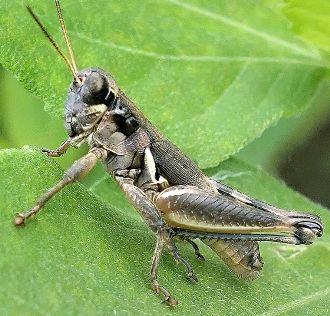
Melanoplus plebejus (plebeian grasshopper)
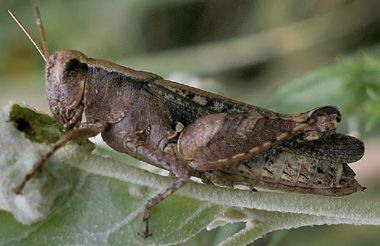
Aidemona azteca (Aztec spurthroat)

Encoptolophus subgracilis (southwestern dusky grasshopper)
| The three grasshoppers shown above illustrate different adult wing lengths. The top, a short-winged species, is flightless, the middle one can fly short distances, and the bottom individual has long enough wings for sustained flight. As with most grasshoppers, the main defense of all three is camouflage, followed by the ability to launch themselves quickly with those powerful hind legs. |
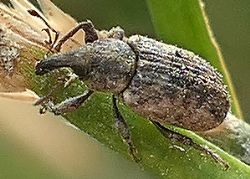
Notiodes aeratus (weevil)

Junonia coenia (common buckeye)
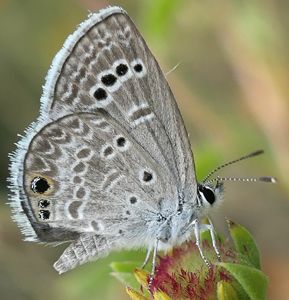
Hemiargus isola (Reakirt's blue)
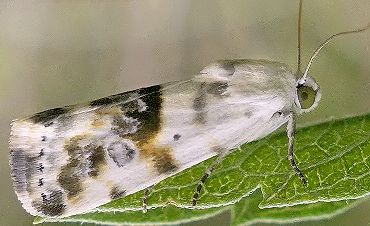
Ponometia candefacta (olive-shaded bird dropping moth)
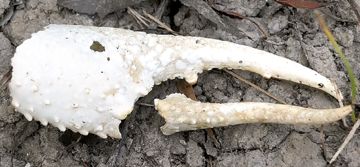
Procambarus clarkii (red swamp crayfish claw)
| Though native in our area, this crayfish has been introduced in many other places where its adaptive habits, such as digging deep burrows in mud, allow it to become invasive. It is the same species that is cultivated as food along the Gulf coast of Louisiana. |

Desmanthus velutinus (velvet bundleflower)

Dalea enneandra (nine-anther prairie clover)

Echinodorus berteroi (upright burhead)
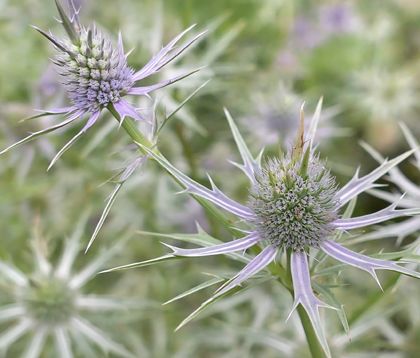
Eryngium hookeri (Hooker's eryngo)

Ziziphus obtusifolia (lotebush)
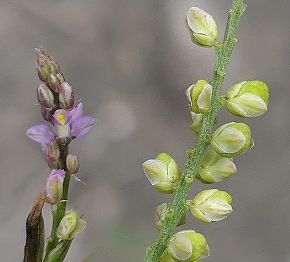
Polygala polygama (pink milkwort)
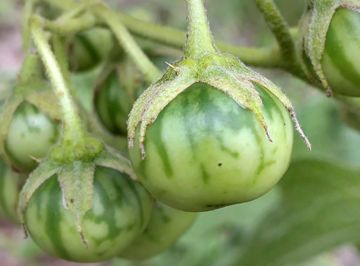
Solanum dimidiatum (western horse nettle)
| If these remind you of tomatoes, it is not surprising. Both plants are in the nightshade family: Solanaceae. |

Polistes dorsalis (paper wasp)
| This species of paper wasp, the smallest of the genus in our area, is quite variable throughout its geographic range. Around here, they often resemble another common species, Polistes exclamans. |
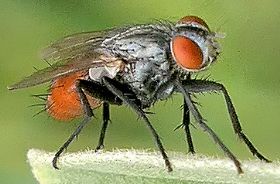
Rafaelia rufiventris (flesh fly)
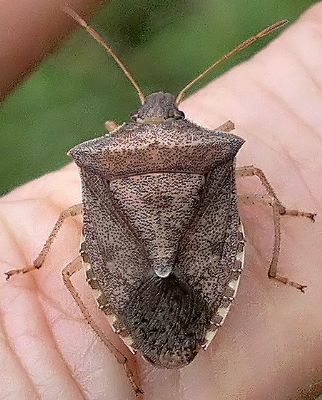
Euschistus servus (brown stink bug)
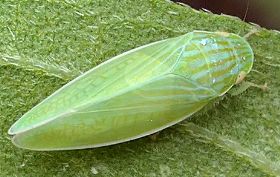
Gyponana sp. (leafhopper)
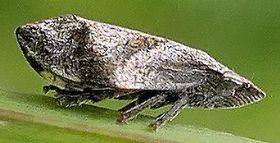
Lepyronia quadrangularis (spittlebug)
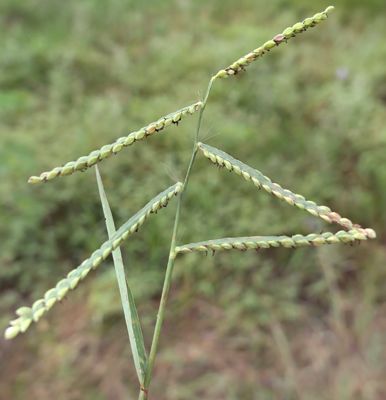
Paspalum pubiflorum (hairyseed paspalum)

Urochloa fusca (browntop signalgrass)
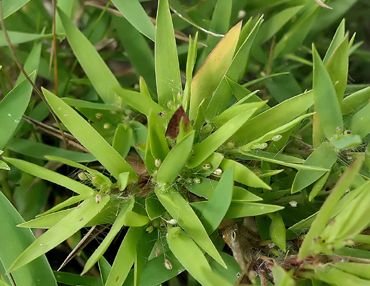
Dichanthelium oligosanthes (Scribner's rosette grass)
| Identifying grasses is, at the very least, a challenge. While learning unfamiliar terms such as lemma, glume, ligule and callus might seem to be a prerequisite, I've found that simply photographing flower/seed/leaf details up close, and overall habit on a broader scale, provides quicker results, especially when using a combination of book and internet reference images. |
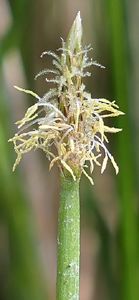
Eleocharis macrostachya (pale spikerush)

Euphorbia bicolor (snow-on-the-prairie)
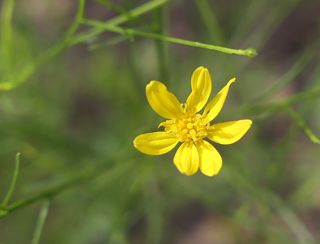
Amphiachyris dracunculoides (prairie broomweed)
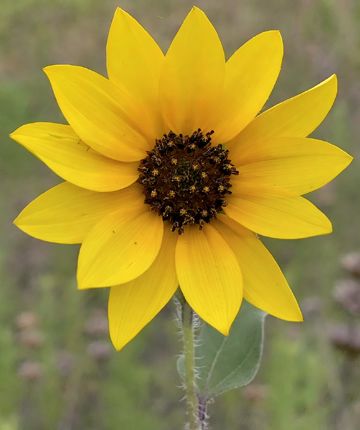
Helianthus annuus (common sunflower)

Pyrrhopappus pauciflorus (Texas false dandelion)

Rabidosa rabida (rabid wolf spider exuviae)
| When this skin was shed, the top of the cephalothorax sort of flipped forward (at the left), like a lid popping off. Its eyes are actually staring at its jaws! The thickest parts of the exoskeleton, such as legs, retain both their shape and color, while the thin bits, like the abdomen (at right), crumple like tissue. |

Mecaphesa sp. (crab spider)

Mimetus sp. (pirate spider & egg sac)
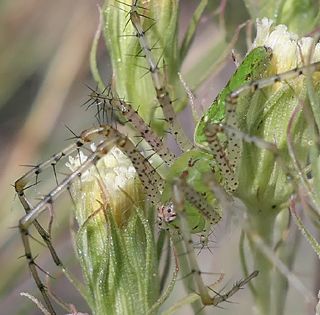
Peucetia viridans (green lynx)

Oxyopes salticus (striped lynx)
| All the spiders shown above capture prey without the use of silk. They simply grab and bite, killing the victim with venom. The orbweaver below, though, quickly wraps silk around anything caught in its web until it is immobilized. Only then does it deliver a fatal bite. |
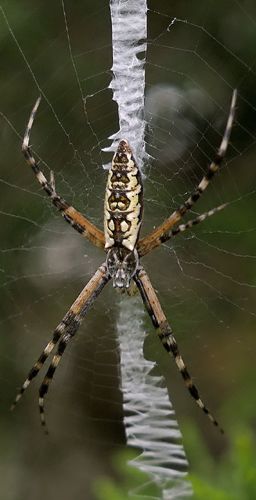
Argiope aurantia (black & yellow garden spider)

![]()